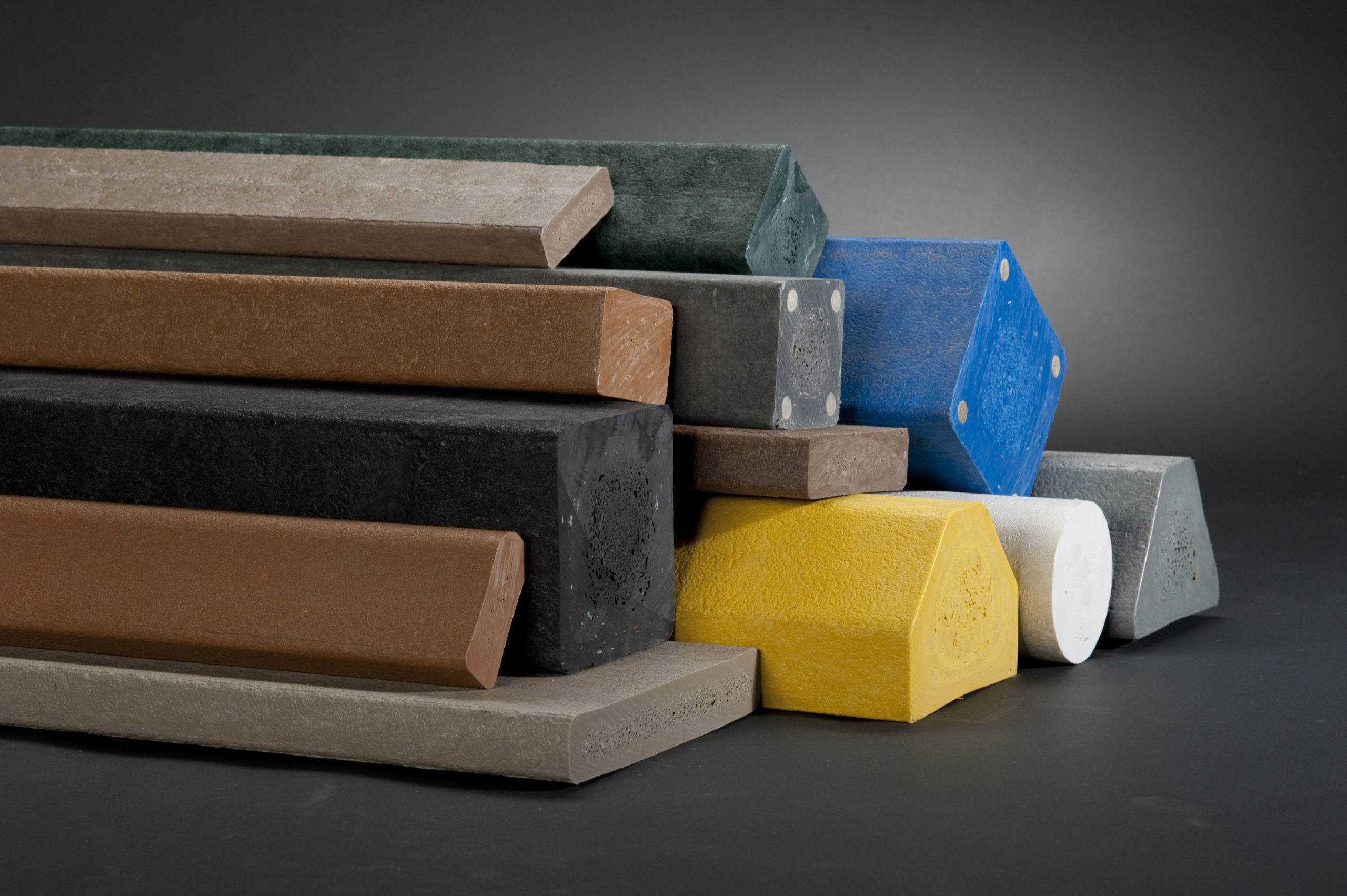High-Performance Composites for Eco-Friendly Building And Construction
High-Performance Composites for Eco-Friendly Building And Construction
Blog Article
Unlocking the Environmental Advantages of Recycled Composites in Building And Construction and Design
In the world of construction and style, the utilization of recycled composites holds substantial guarantee for boosting sustainability practices and lowering ecological effect (composites). By including these innovative products, there is a possible to deal with essential issues such as waste reduction, energy conservation, and a decline in carbon footprint. The shift in the direction of a more sustainable future in these markets pivots on unlocking the full capacity of recycled compounds. This conversation will explore the diverse advantages and challenges connected with incorporating recycled composites into building and construction and design, providing a peek into the transformative opportunities that exist in advance.

Ecological Effect Decrease
The reduction of environmental impact via making use of recycled compounds in building and style plays an essential role in lasting techniques. By integrating recycled composites into structure products, the building industry can significantly lower its carbon impact and contribute to a more environmentally friendly future. These sustainable products, made from repurposed plastics, timber fibers, or other recycled elements, supply a feasible choice to standard construction products without jeopardizing on quality or longevity.
Recycled compounds help draw away waste from landfills and reduce the demand for extracting basic materials, hence preserving natural deposits. Furthermore, the manufacturing process of these compounds typically consumes much less energy and discharges fewer greenhouse gases compared to producing virgin products (composites). This shift in the direction of using recycled composites not only reduces environmental damage but also promotes a circular economic situation by urging the reuse of materials that would otherwise be disposed of
Waste Minimization
With a concentrate on reducing waste in construction and style, the integration of recycled compounds supplies a sustainable option to reduce environmental effect. Waste reduction is an important aspect of sustainable techniques, and making use of recycled composites provides a possibility to achieve this goal successfully. By making use of materials that have already served their preliminary objective, such as recycled plastics or reclaimed wood fibers, the building and design markets can dramatically reduce the amount of waste generated and sent to land fills.
Recycled compounds have the potential to divert substantial amounts of waste from standard disposal techniques, adding to an extra round economy where resources are utilized efficiently. Additionally, the manufacturing process of recycled composites commonly takes in much less power and produces less exhausts contrasted to virgin products, better lowering the ecological impact of building and style jobs.
Carrying out waste minimization techniques through the incorporation of recycled composites not just aids in saving all-natural resources however also advertises an extra lasting technique to building and designing for a greener future.
Energy Preservation
Including recycled composites not only reduces waste in building and layout yet also plays a vital function in boosting power preservation techniques within the sector. The usage of recycled compounds in building and construction can significantly add to energy conservation through various means. By promoting the usage of recycled compounds in building and construction and layout, the market can make substantial strides in the direction of attaining power performance and minimizing its carbon impact, eventually contributing to a more lasting constructed setting.
Carbon Impact Reduction
Enhancing sustainability practices via the application of recycled compounds official website in building and construction and design considerably reduces the carbon impact of the sector. By integrating recycled materials into the manufacturing of composites, the need for virgin sources lowers, causing lower power usage and greenhouse gas discharges related to traditional production processes. This decrease in carbon footprint is crucial in combating climate adjustment and promoting an extra eco-friendly approach to building and construction and style.
The carbon impact reduction accomplished via the adoption of recycled composites lines up with the international push towards lasting methods and the decrease of industrial discharges. Eventually, by focusing on the integration of recycled composites, the market can make substantial strides in lowering its carbon impact and contributing to a much more sustainable future.
Lasting Future
The integration of recycled compounds in building and design not just addresses prompt ecological issues however also lays a strong structure for a sustainable future in the industry. By including recycled composites right into building products and products, the building and construction and style sectors can dramatically decrease their dependence on virgin resources, leading to a much more circular economic climate. This change towards sustainability is crucial for alleviating the environmental effect of Discover More traditional building practices, which usually result in high levels of waste generation and source depletion.

Conclusion
Finally, recycled composites provide considerable environmental advantages in building and construction and layout by lowering ecological influence, decreasing waste, preserving power, reducing carbon footprint, and promoting a lasting future. Welcoming using recycled composites can contribute to a more environmentally-friendly approach to structure and layout, eventually resulting in a more sustainable and greener future for all.
The decrease of ecological impact through the use of recycled compounds in building and construction and layout plays an important role in sustainable techniques.With a focus on minimizing waste in building and style, the integration of recycled composites supplies a sustainable solution to lower ecological impact. By advertising the use of recycled compounds in building and construction and style, the industry can make substantial strides towards attaining energy efficiency and lowering its carbon impact, click resources eventually contributing to a much more lasting constructed environment.

Report this page